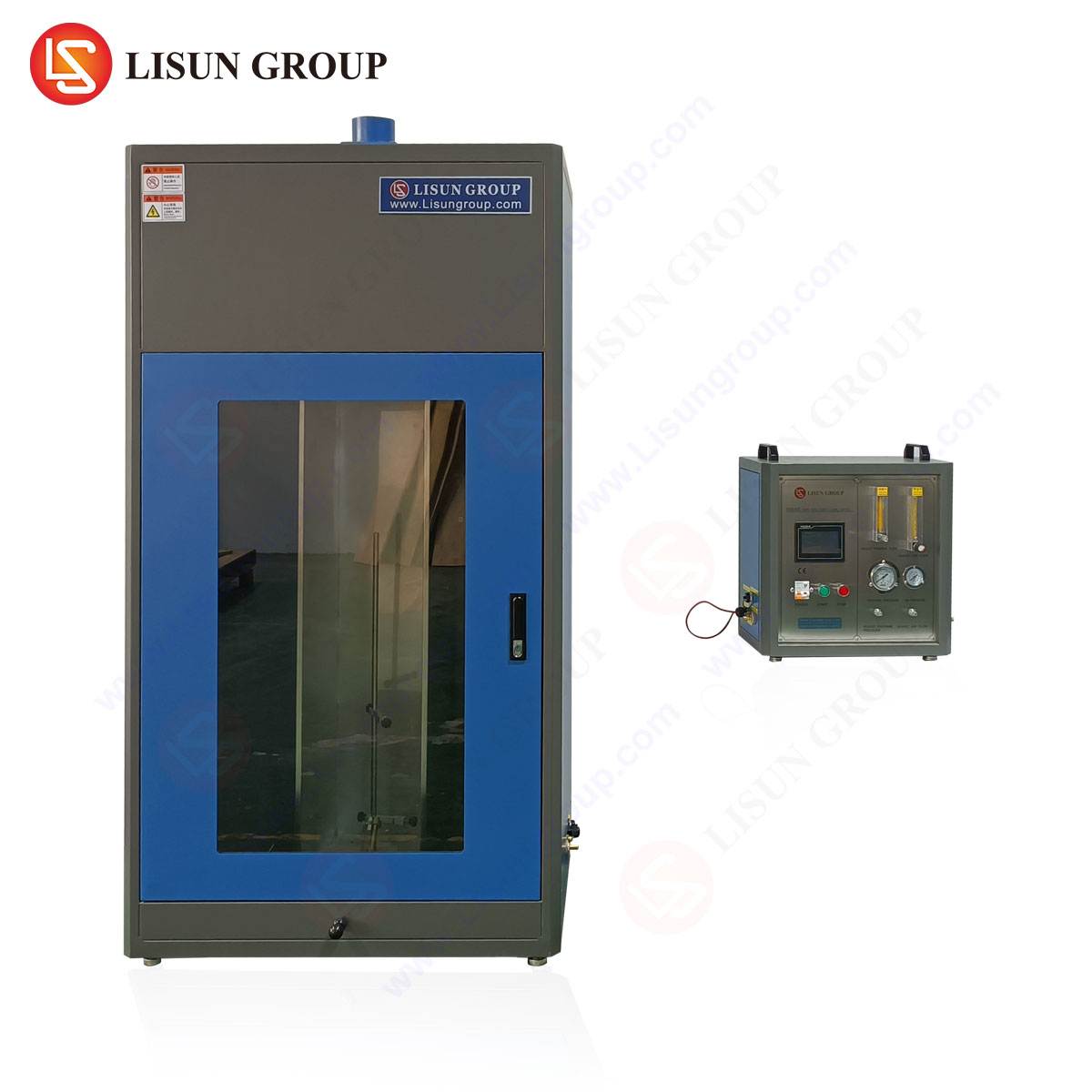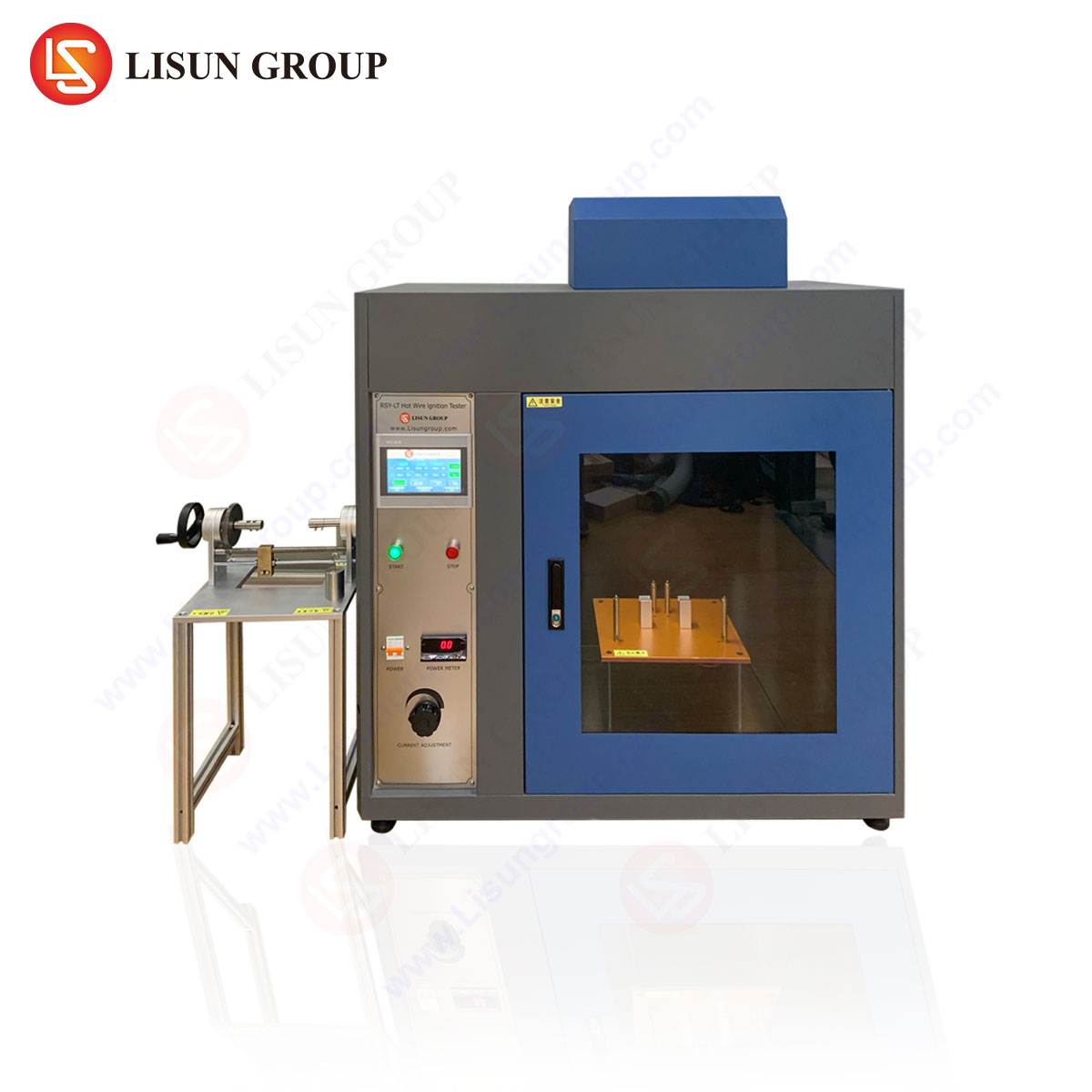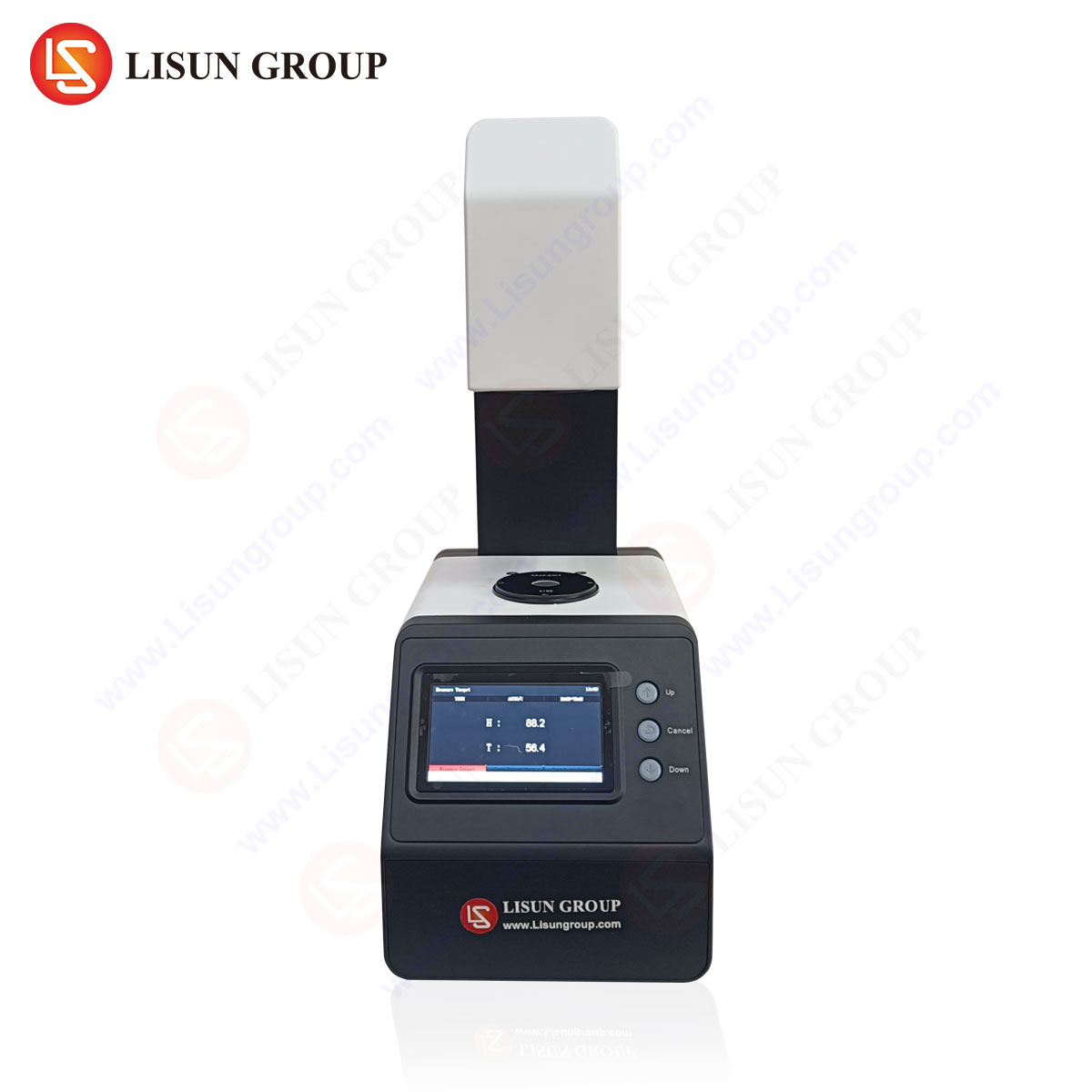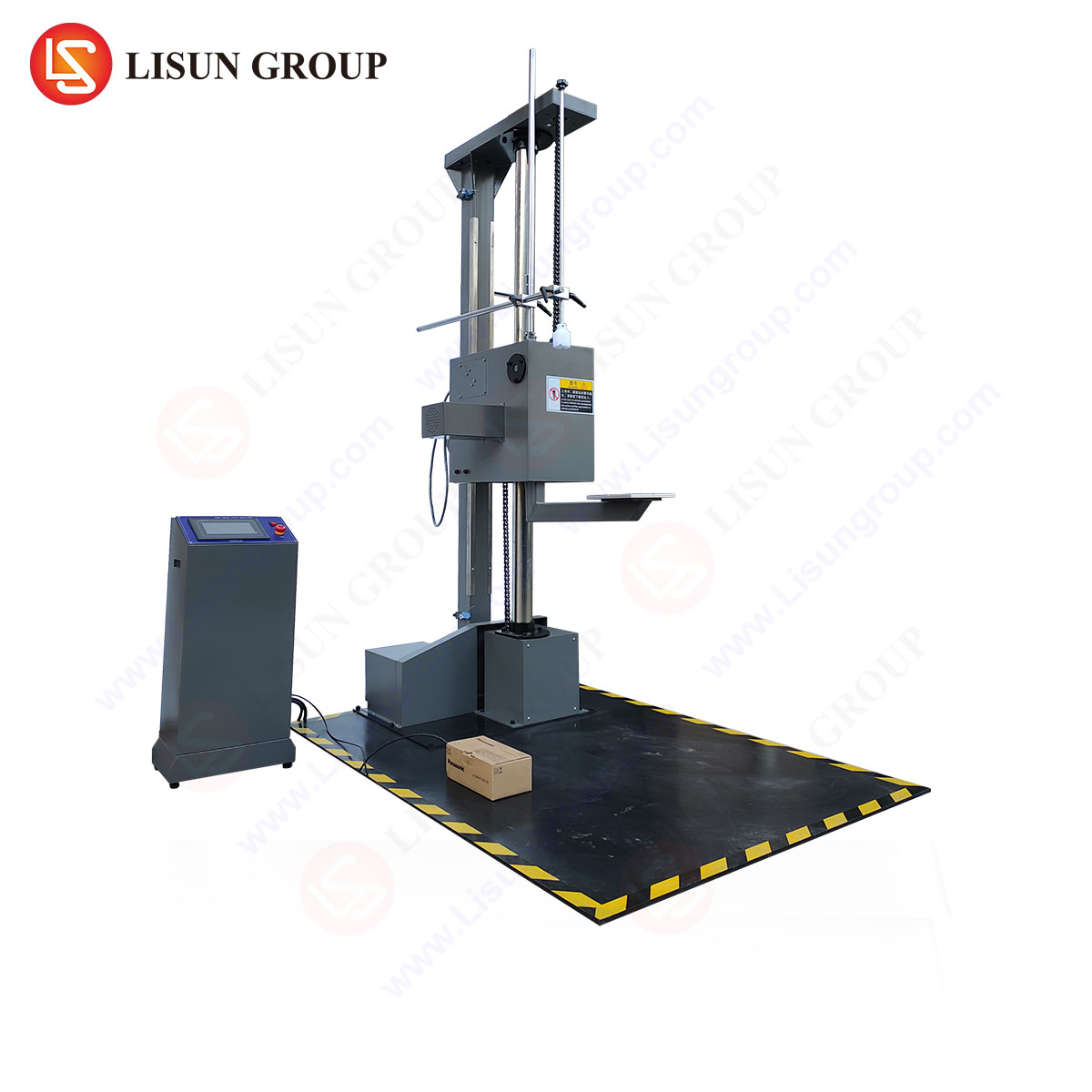La importancia de la resistencia al arco en la seguridad y el rendimiento de los materiales
The relentless progression of electrical and electronic technology across myriad sectors necessitates an unwavering commitment to safety and reliability. Among the multitude of material properties scrutinized during design and validation, arc resistance stands as a critical parameter, fundamentally influencing both the operational integrity of components and the prevention of catastrophic failure modes. Arc resistance refers to a material’s ability to withstand the damaging effects of a high-voltage electrical discharge, or arc, across its surface without forming a conductive path of carbonized material. This property is not merely a technical specification but a foundational aspect of risk mitigation, directly impacting product longevity, user safety, and compliance with international regulatory frameworks. In environments ranging from household appliances to aerospace avionics, the failure of insulating materials to resist arc propagation can lead to fire, equipment destruction, and significant personal injury.
The phenomenon of surface arcing typically initiates from localized tracking, where a small electrical discharge, caused by contamination, moisture, or surface degradation, carbonizes the organic material. This carbonized track is conductive, allowing the arc to elongate and sustain itself, ultimately leading to a complete breakdown of the insulation barrier. The evaluation and quantification of a material’s resilience to this process are therefore paramount in the selection of polymers, composites, and other insulating substances used in electrical components.
Fundamental Mechanisms of Electrical Arcing and Material Degradation
An electrical arc is a continuous, high-density electric current that flows through a plasma of ionized gas, generating extreme temperatures often exceeding several thousand degrees Kelvin. When this discharge occurs across the surface of an insulating material, the intense thermal energy induces profound physical and chemical changes. The primary mechanisms of degradation include pyrolysis, where organic molecular chains are broken down by heat in an inert atmosphere, and oxidation, which occurs if oxygen is present. These processes volatilize lighter elements, leaving behind a carbon-rich residue that possesses significant electrical conductivity.
The formation of this conductive path, a process known as tracking, reduces the effective insulation distance and facilitates the further propagation of the arc. The rate of propagation and the energy required to sustain it are direct functions of the material’s composition. Fillers such as alumina trihydrate (ATH) or magnesium hydroxide can act as flame retardants and arc suppressants by endothermically releasing water vapor when heated, thereby cooling the arc zone and diluting combustible gases. The inherent chemical structure of the base polymer—such as the high aromatic content in polyimides or the strong carbon-fluorine bonds in PTFE—also contributes significantly to a high degree of arc resistance by requiring substantial energy to break atomic bonds and form conductive carbon.
Implications for Product Safety and Operational Integrity Across Industries
The consequences of inadequate arc resistance are severe and vary by application. In electrodomésticos like dishwashers or washing machines, where control boards are exposed to humid environments, tracking can lead to short circuits, rendering the appliance inoperative or, in worst-case scenarios, igniting an internal fire. For electrónica del automóvil, under-hood components must withstand a harsh milieu of vibration, thermal cycling, and potential exposure to conductive contaminants; a failure of a sensor or engine control unit (ECU) housing could lead to a vehicle stall or critical system malfunction.
El aerospace and aviation sector presents an extreme case, where component failure is not an option. Wiring insulation and connector materials within avionics systems must exhibit exceptional arc resistance to prevent arcs from propagating in the low-pressure atmosphere of an aircraft cabin or cargo hold, where arc sustainability is altered. Similarly, in medical devices, particularly those used in surgical or life-support applications, an arc-induced failure could have immediate and dire consequences for patient safety. Industrial control systems, telecommunications infrastructure, y energy distribution equipment (e.g., switches, contactors, and circuit breakers) all rely on arc-resistant materials to contain internal arcing events, ensuring they are safely extinguished without breaching the enclosure.
Compliance with international safety standards is a non-negotiable requirement for market access. Standards such as UL 746A (Standard for Safety for Polymeric Materials – Short Term Property Evaluations), IEC 60112 (which defines the Comparative Tracking Index – CTI), and ASTM D495 (Standard Test Method for High-Voltage, Low-Current, Dry Arc Resistance of Solid Electrical Insulation) provide the standardized methodologies for quantifying arc resistance. These standards prescribe specific electrode configurations, voltage or current waveforms, and failure criteria, allowing for the comparative ranking of materials and informing design engineers’ selection processes.
Quantifying Arc Resistance: The HCAI-2 Prueba de ignición por arco de alta corriente
While traditional arc resistance tests like ASTM D495 are valuable for comparing materials under low-current arc conditions, they may not fully replicate the severe stress of real-world fault events, such as a short circuit in a power distribution board. These high-energy events demand a more rigorous assessment focused on a material’s propensity to ignite under a high-current arc, a critical factor in evaluating flame retardancy and containment.
El LISÚN HCAI-2 High Current Arc Ignition Test Apparatus is engineered specifically to meet this need, conforming to the stringent requirements of standards including IEC 60950-1, IEC 62368-1, and UL 746A. The apparatus simulates a high-current arc fault to evaluate whether a material ignites and, if so, measures the duration of burning. This test is indispensable for qualifying materials used in enclosures, barriers, and other components that must contain an internal arc and prevent the ejection of flame or molten material.
The testing principle of the HCAI-2 involves subjecting a material sample to a controlled, high-current electrical arc from a tungsten electrode. The test parameters are precisely regulated:
- Arc Current: Variable up to 3.0 kA, simulating severe fault conditions.
- Arc Duration: Precisely controlled pulses, typically 200 ms.
- Electrode Configuration: A fixed geometry and distance to ensure repeatability.
- Ignition Criteria: The primary outcome is a binary observation of whether the arc causes the specimen to ignite. Secondary observations include the nature of any burning (e.g., vigorous flaming, slow carbonization) and the time to self-extinguishment if ignition occurs.
The competitive advantage of the HCAI-2 system lies in its integration of precision, safety, and user-centric design. A fully enclosed and interlocked test chamber protects the operator from arc flash and potential debris. Automated sequencing ensures consistent application of the arc according to the standard, eliminating operator variance. Robust data acquisition capabilities allow for the precise recording of current and voltage waveforms during the test, providing invaluable data for forensic analysis of material performance beyond a simple pass/fail result. For manufacturers of electrical components, consumer electronics, y office equipment, employing the HCAI-2 in their validation labs provides critical data to preemptively identify and mitigate fire risks, thereby reducing liability and enhancing product safety profiles.
Material Selection and Engineering for Enhanced Arc Performance
Engineering components for high arc resistance is a multifaceted endeavor involving both material science and design. Material manufacturers formulate compounds using base resins known for high performance, such as thermosets (epoxies, phenolics, diallyl phthalate) and high-performance thermoplastics (polyetheretherketone – PEEK, polyphenylene sulfide – PPS). As previously noted, the incorporation of mineral fillers is a primary strategy. Alumina trihydrate and magnesium hydroxide are particularly effective, but other fillers like silica, wollastonite, or mica can improve tracking resistance by creating a more tortuous path for arc propagation and reinforcing the mineral ash layer that forms after pyrolysis, a layer that can often act as a barrier to further arcing.
Design considerations are equally crucial. Sharp edges, thin sections, and creepage paths that are insufficient for the application’s voltage can exacerbate the electric field strength, predisposing a component to corona discharge and eventual arcing. Therefore, even a material with excellent inherent arc resistance can fail if the component is poorly designed. Computational modeling of electric fields is often used during the design phase to identify and mitigate these high-stress areas. The combination of predictive modeling, informed material selection based on rigorous testing data from instruments like the HCAI-2, and robust physical validation forms a comprehensive strategy for ensuring end-product safety.
Conclusion: Arc Resistance as a Cornerstone of Electrotechnical Safety
In summary, arc resistance is a non-negotiable material property that sits at the intersection of product performance, regulatory compliance, and ultimate user safety. Its importance transcends individual industries, underpinning the reliability of the vast ecosystem of electrical and electronic equipment that defines modern society. The move towards more rigorous testing methodologies, such as high-current arc ignition tests, reflects the industry’s deepening understanding of real-world failure modes and its commitment to exceeding baseline safety requirements. As technology continues to advance, pushing components into higher power densities and more challenging environments, the role of precise, reliable, and severe-testing equipment like the LISUN HCAI-2 will become ever more critical in the ongoing mission to design and manufacture safer, more reliable products.
Preguntas más frecuentes (FAQ)
Q1: How does the HCAI-2 test differ from a standard High Voltage Arc Tracking Rate (HVTR) or Comparative Tracking Index (CTI) test?
A1: The key difference lies in the current level and the objective. CTI and HVTR tests (e.g., IEC 60112) utilize low currents (up to 0.5A) to evaluate the formation of conductive tracks on a material surface over time. The HCAI-2 test employs a very high current (up to 3.0 kA) for a short duration to simulate a severe fault condition. Its primary goal is not to measure tracking but to determine if the high-energy arc will cause the material to ignite, directly assessing its flame retardancy under electrical stress.
Q2: For which specific components is HCAI-2 testing most critical?
A2: This test is paramount for components that serve as barriers between high-energy circuits and the user or that are intended to contain an internal arc fault. This includes circuit breaker housings, meter bases, industrial control cabinet enclosures, terminal blocks, connector bodies in automotive and aerospace applications, and the internal barriers within power supplies for telecommunications and IT equipment.
Q3: What are the pass/fail criteria for a test conducted on the HCAI-2 apparatus?
A3: The specific criteria are defined by the applicable standard (e.g., UL 746A). Generally, the test involves applying a specified number of arc bursts. A material fails if it ignites and sustains flaming for longer than a permitted duration (often 30 seconds) after the arc is terminated. Some standards also fail a specimen if it ignites and is accompanied by the ejection of flaming particles or if it exhibits vigorous burning.
Q4: Can the HCAI-2 test be customized for non-standard materials or specific customer requirements?
A4: Yes, while the apparatus is designed to meet international standards, its programmable logic controller (PLC) and variable parameters (current, duration) allow for a degree of customization. This is useful for research and development purposes, enabling material scientists to stress-test new formulations under conditions that may simulate a specific, known failure mode within a unique product architecture.
Q5: How does the design of the HCAI-2 ensure operator safety during such a high-energy test?
A5: Operator safety is engineered into the system through multiple layers. The test chamber is fully enclosed in a robust metallic housing with a transparent, tinted viewing window. Safety interlocks prevent the arc from being initiated if the chamber door is not securely closed. The system is also grounded, and the electrical design incorporates protections to contain the high-energy pulse safely within the test circuit.






